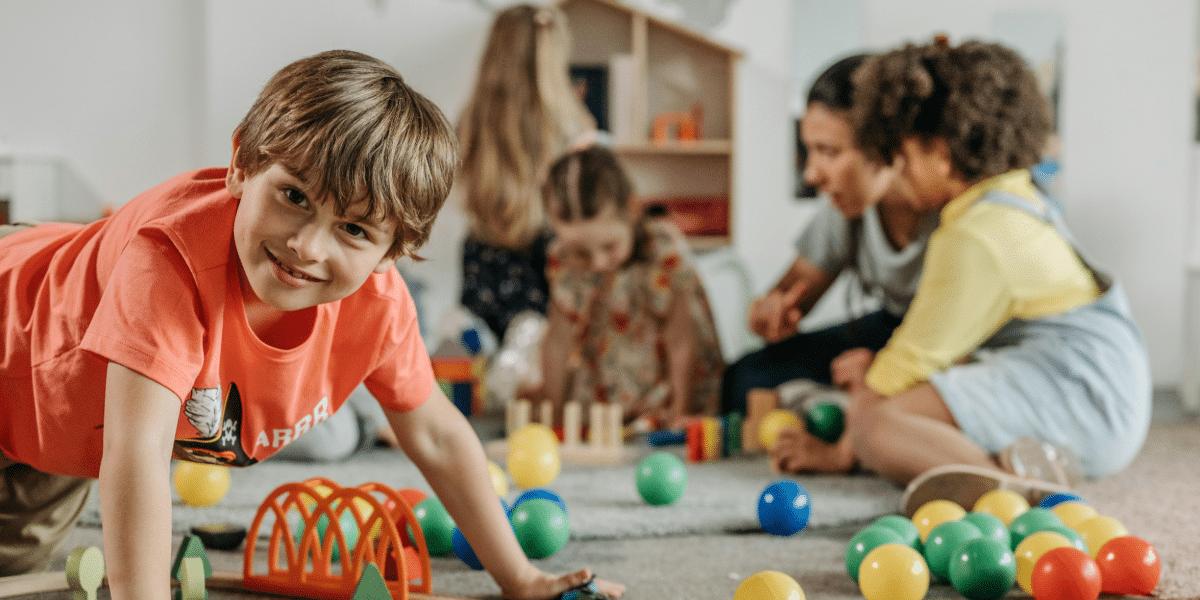By: Mae Cornes
As parents, we strive to provide a safe and healthy environment for our children. However, what many of us may not realize is that the air inside our homes may pose health risks to our little ones. From viruses and mold to other indoor air pathogens, the invisible threats present in the air can potentially impact our children’s well-being.
According to the Centers for Disease Control and Prevention (CDC), indoor air pollution has been associated with a range of health issues, including respiratory problems, allergies, and potentially more severe conditions. In extreme cases, poor indoor air quality has been linked to serious health challenges.
Children are particularly vulnerable to indoor air pollution due to their developing immune systems and higher respiratory rates compared to adults. Studies have shown that exposure to poor indoor air quality may impact children’s lung development, academic performance, and overall health outcomes. For example, research indicates that children spending approximately one-third of their lives at school are exposed to elevated CO₂ levels in densely populated classrooms, which may affect their learning ability and respiratory health. This vulnerability is further compounded in urban areas, where studies suggest that hundreds of schools and nurseries are located within zones that exceed safe air quality limits.
Steve Fontaine, who is known as “America’s Indoor Air Quality Expert,” and an esteemed indoor air quality specialist in the United States, emphasizes the urgency of addressing this issue. “The health of our children is non-negotiable. We cannot afford to overlook the dangers that may be posed by indoor air pollutants,” says Fontaine. “Viruses, mold, and other pathogens can thrive in our homes and schools, presenting a potential threat to our loved ones.”
In light of these concerns, it is crucial for parents to take proactive steps to help safeguard their children’s health. One approach is the use of qualified HEPA 13 and 14 filtered air purifiers and home air cleaners. These advanced filtration systems are designed to capture a wide range of airborne particles, including viruses and mold spores, which may help reduce the risk of exposure to pollutants.
Steve Fontaine stresses the importance of investing in high-quality air purifiers that meet HEPA 13 and 14 standards. “When it comes to protecting our children from indoor air pollution, we cannot compromise on the quality of air purification systems. Filters meeting HEPA 13 and 14 standards are capable of trapping even small particles, contributing to cleaner indoor air for our kids,” he explains. Fontaine mentions that he has tested and researched over 100 air purifiers and has chosen 10 to feature on his website, stating that this selection is intended to help parents avoid potentially misleading claims from companies. He clarifies that he is not a salesman or a manufacturer but rather an indoor air quality expert with a focus on providing objective information.
In line with CDC guidelines, Fontaine underscores the importance of adhering to recommended air quality standards within our homes. “The CDC’s guidelines serve as a valuable framework for working towards safeguarding our children against indoor air pollutants. By following these guidelines and implementing effective air filtration measures, we can help create a healthier environment for our families,” he advises.
Furthermore, Fontaine advocates for increased awareness and education regarding indoor air quality among parents and caregivers. “Empowering individuals with knowledge about indoor air quality concerns is essential. By fostering a deeper understanding of this issue, we can encourage parents to take meaningful, preventive steps,” he concludes.
Published By: Aize Perez










